How to Fix iPhone Won’t Go into Recovery Mode: Manually & with AimerLab FixMate
The iPhone’s recovery mode is a crucial tool for troubleshooting and fixing software-related issues. However, there are times when your iPhone might refuse to enter recovery mode, leaving you in a challenging situation. In this article, we will explore various methods to fix an iPhone that won’t go into recovery mode. We will also cover both manual solutions and the use of AimerLab FixMate, a reputable tool known for resolving iOS-related system problems.
1. How to Fix iPhone Won’t Go into Recovery Mode Manually?
If your iPhone won’t go into recovery mode, there are several manual troubleshooting steps you can try to resolve the issue. Follow the steps below to get your device into the recovery mode:
1.1 Follow the Correct Procedure
Different iPhone models have different procedures to enter recovery mode. Make sure you are using the correct key combinations for your specific model:
For iPhone 6s or earlier: Connect your iPhone to the computer, press and hold the Home button and the Power button simultaneously until the Apple logo appears, release both buttons when the “Connect to iTunes” or USB cable and iTunes logo appear on the screen.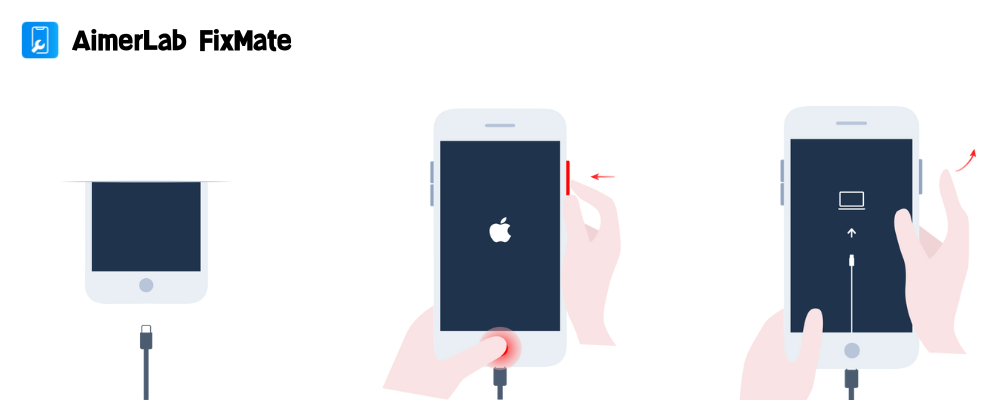
For iPhone 7 and 7 Plus: Connect your iPhone to PC, hold the Volume Down button and the Power button at the same time until the Apple logo appears, release both buttons when you see the “Connect to iTunes” or USB cable and iTunes logo.
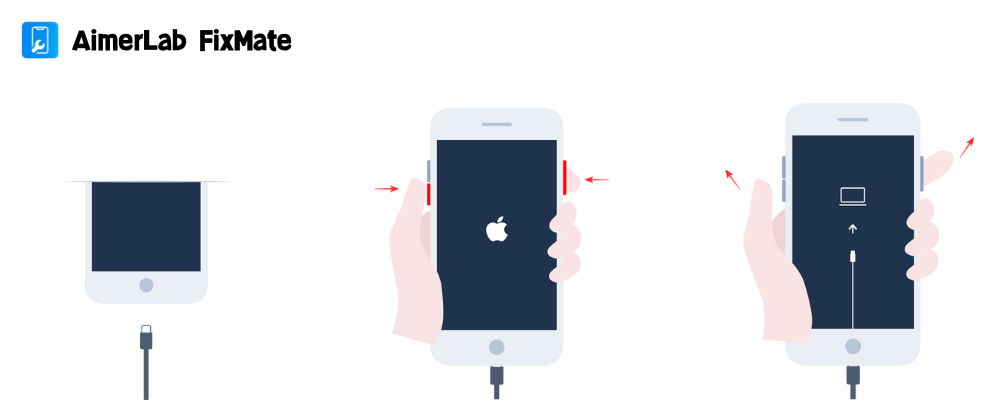
For iPhone 8, 8 Plus, iPhone X, and later: Quickly press and release the Volume Up button, then do the same with the Volume Down button. Press and hold the Power button until the Apple logo appears, release it when appears the “Connect to iTunes” or USB cable and iTunes logo.
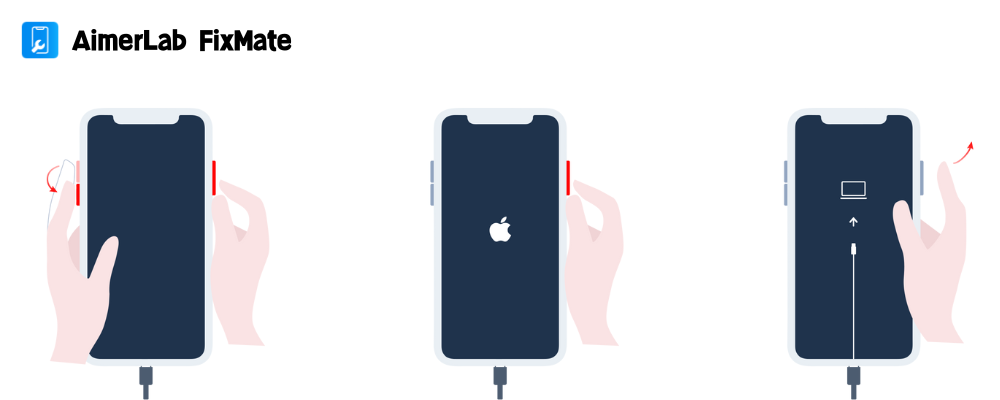
1.2 Update iTunes and macOS (or Windows)
Outdated software can lead to compatibility issues, preventing your iPhone from entering recovery mode. Make sure that your computer has the most up-to-date version of iTunes installed. If you are using macOS, make sure it’s up-to-date, or if you are on a Windows PC, check for system updates. Keeping your software current can resolve many problems related to recovery mode.
1.3 Check USB Connections
A faulty USB connection might be the cause of the problem. Try using a different USB port on your computer or connect your iPhone to another computer altogether. It’s recommended to use the original Apple USB cable, as third-party cables might not always work reliably.
1.4 Force Restart Your iPhone
In case your iPhone becomes unresponsive, performing a force restart could potentially resolve the issue. The process for this varies depending on your iPhone model:
- For iPhone 6s or earlier, and iPhone SE (1st generation): Press and hold the Home button and the Sleep/Wake (Power) button together until the Apple logo appears.
- For iPhone 7 and 7 Plus: Hold the Volume Down button and the Sleep/Wake (Power) button simultaneously until the Apple logo appears.
- For iPhone 8, 8 Plus, iPhone X, and later: Quickly press and release the Volume Up button, then do the same with the Volume Down button, press and continue holding the side (Power) button until the Apple logo is displayed on the screen.
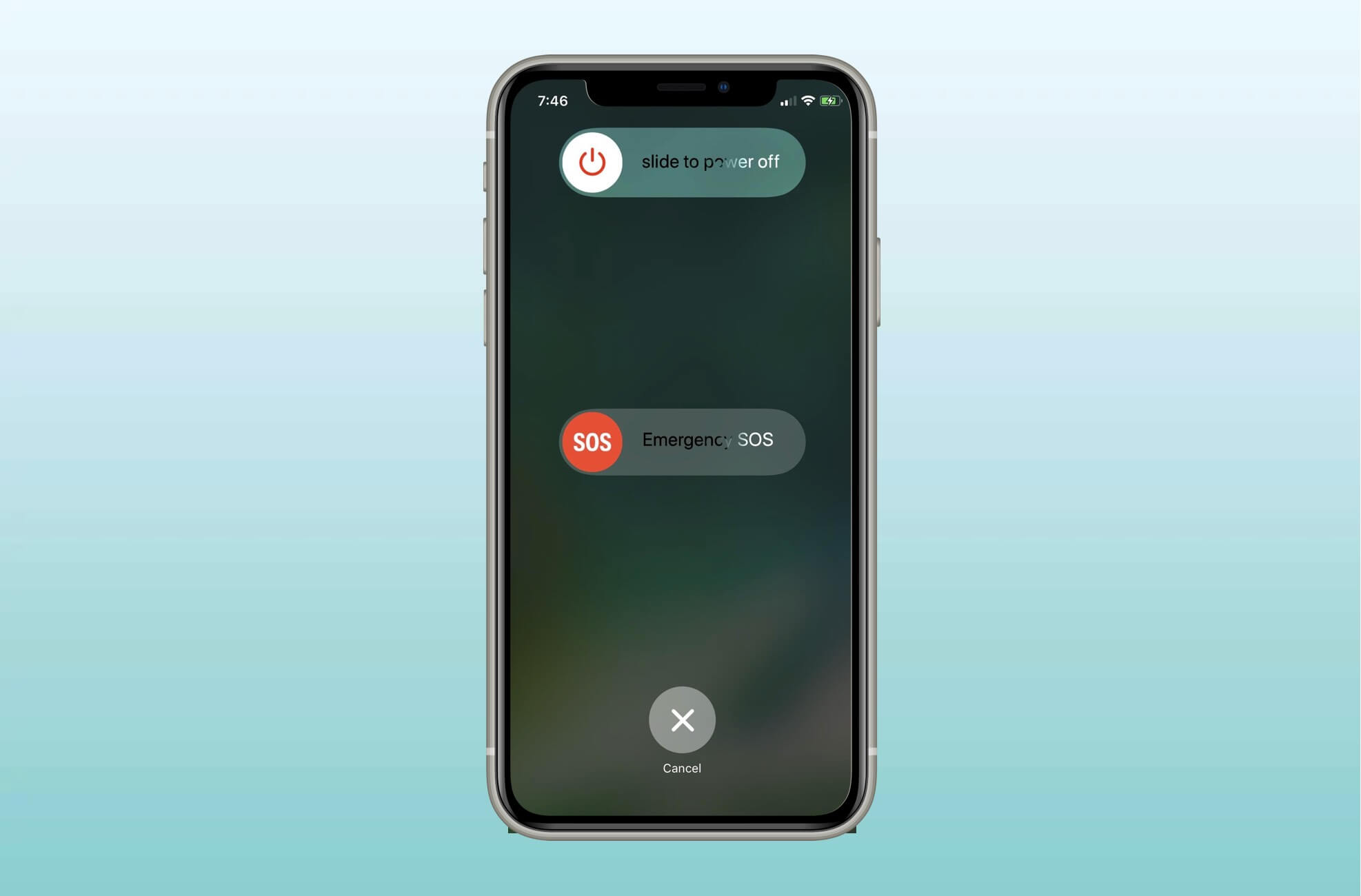
1.5 Enable AssistiveTouch
AssistiveTouch is a feature that creates a virtual on-screen button that mimics the functions of physical buttons. To enable AssistiveTouch, go to Settings > Accessibility > Touch > AssistiveTouch, and toggle it on. Then, try putting your iPhone into recovery mode using the virtual buttons.
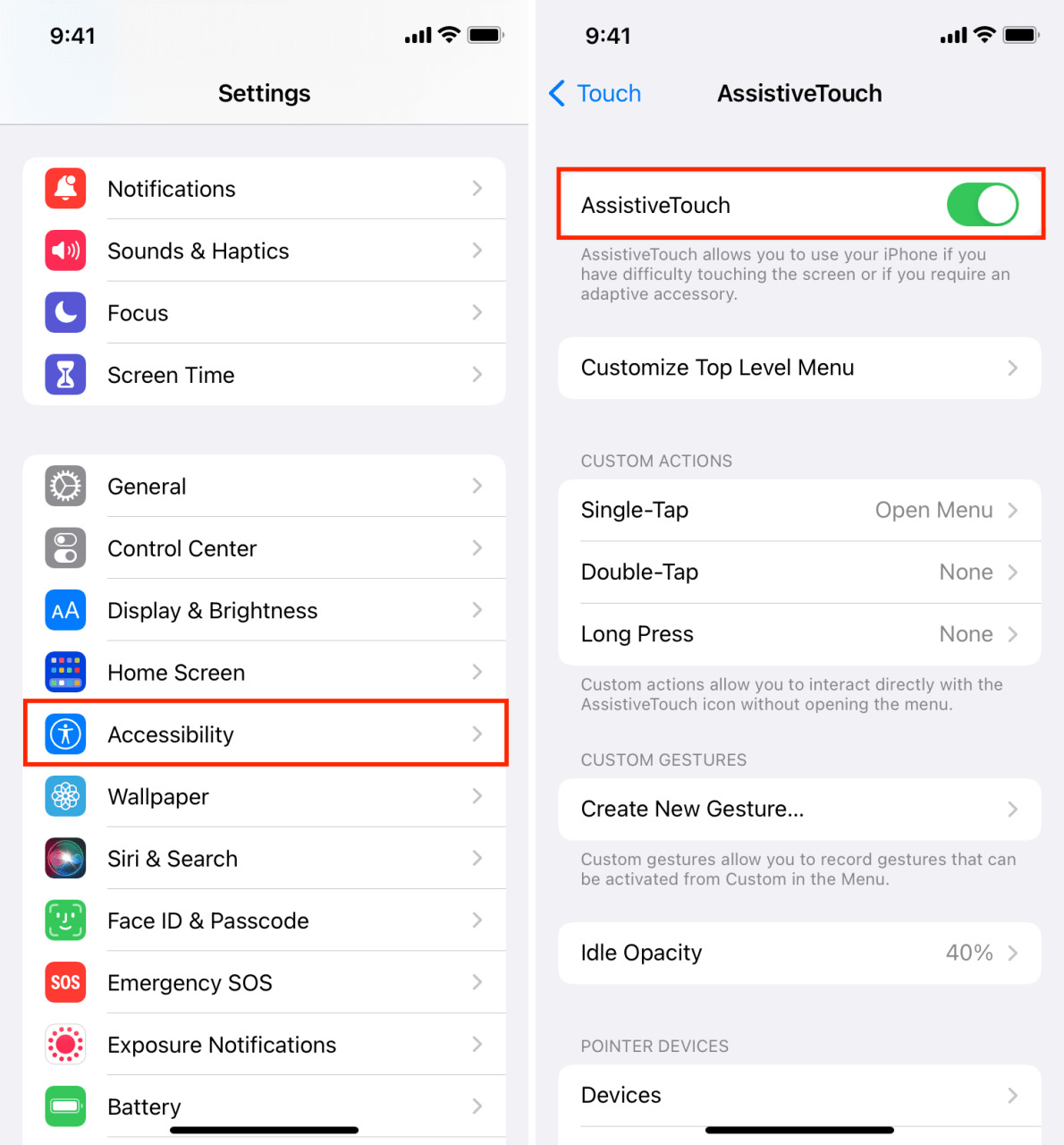
1.6 Use DFU Mode as an Alternative (Advanced)
If your iPhone still won’t go into recovery mode, you can attempt to use Device Firmware Update (DFU) mode. This process is more advanced and should be used with caution as it allows for deep-level software modifications. To enter the DFU mode, adhere to these instructions:
Step 1: Connect your device to a computer: Make sure you have a computer with iTunes (for macOS Mojave or earlier) or Finder (for macOS Catalina or later) installed.
Step 2: Power off your device: Turn off your iPhone or iPad completely.
Step 3: Press and hold specific buttons: The button combination to enter DFU mode differs depending on the device model.
For iPhone models 6s and older, iPads, and iPod Touch:
- Hold the Power button (Sleep/Wake) and Home button simultaneously for about 8 seconds.
- Let go of the Power button while keeping the Home button pressed for an additional 5-10 seconds.
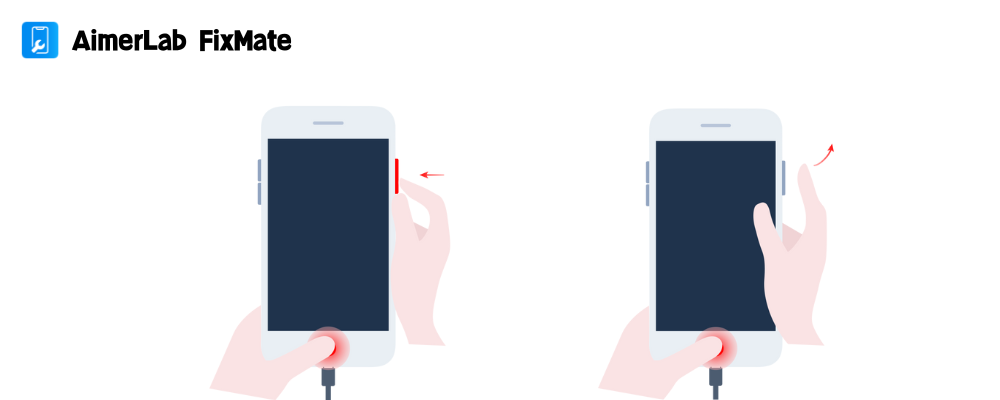
For iPhone 7 and iPhone 7 Plus:
- Hold the Power button (Sleep/Wake) and the Volume Down button together for about 8 seconds.
- Release the Power button while continuing to hold the Volume Down button for another 5-10 seconds.
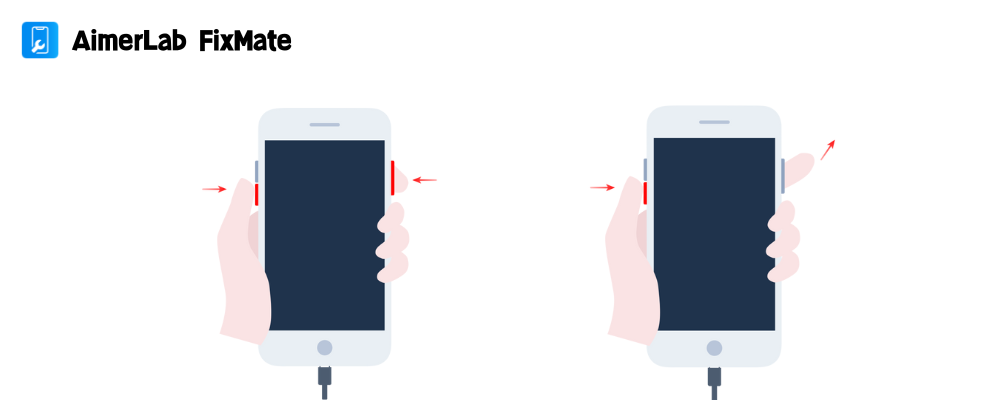
For iPhone 8, iPhone X, iPhone SE (2nd generation), iPhone 11, iPhone 12, and newer:
-
- Quickly press and release the Volume Up button, then quickly press and release the Volume Down button. Press and hold the Power button (Sleep/Wake) until the screen goes black.
- While holding the Power button, also press and hold the Volume Down button for about 5 seconds.
- After 5 seconds, release the Power button while continuing to hold the Volume Down button for another 5-10 seconds.
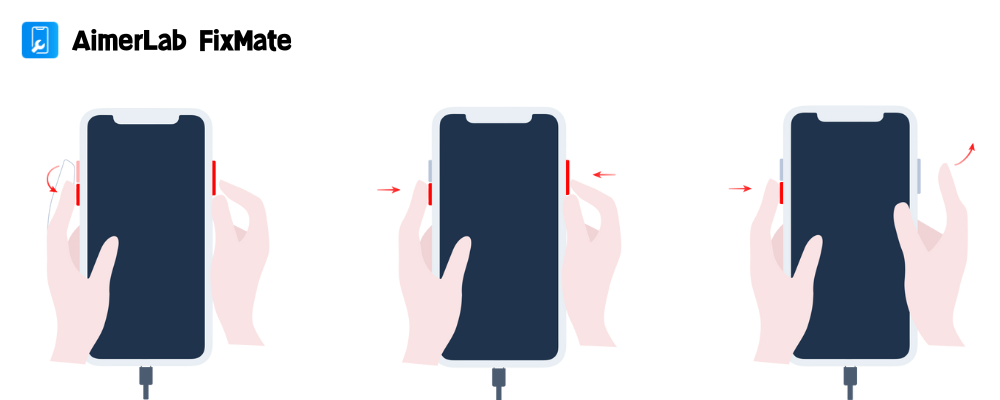
2. Advenced Fix iPhone Won’t Go into Recovery Mode with AimerLab FixMate (100% Free)
If the manual solutions above didn’t work, AimerLab FixMate can be a reliable option to fix recovery mode issues. FixMate is a user-friendly tool designed to fix over 150 common and serious iOS system problems with one click, including getting your iPhone into recovery mode, resolving iPhone stuck on different modes, black screen, update issues and any other system problems.
Here’s how to use AimerLab FixMate to enter and exit recovery mode:
Step 1: Click the button below to download and install FixMate on your computer.
Step 2: Launch FixMate and connect your iPhone to the computer using a certified USB cable. Your device will be shown on the interface if it’s successfully identified.
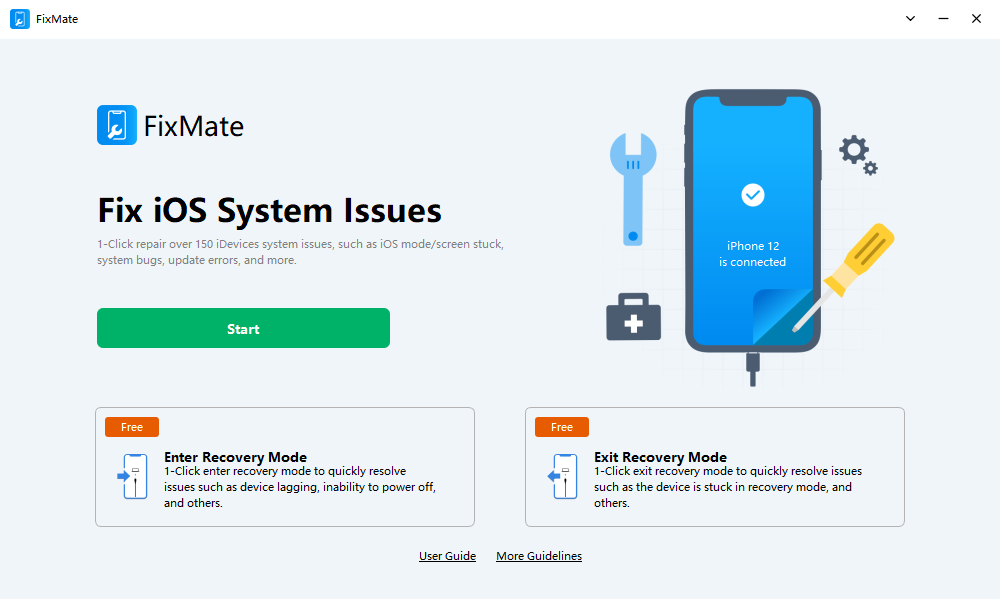
Step 3: Enter Recovery Mode: Once your iPhone is detected, click on the “Enter Recovery Mode” button in FixMate. The software will attempt to put your iPhone into recovery mode automatically.
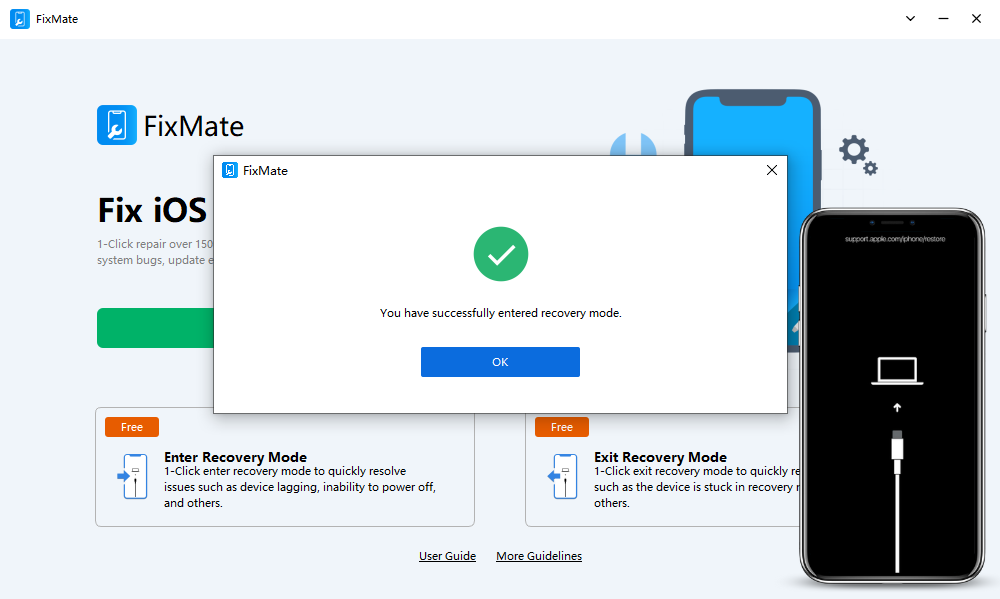
Step 4: Exit Recovery Mode: If your iPhone was already stuck in recovery mode, FixMate also provides an “Exit Recovery Mode” option. Click on this button to attempt to get your iPhone out of recovery mode and back to normal.
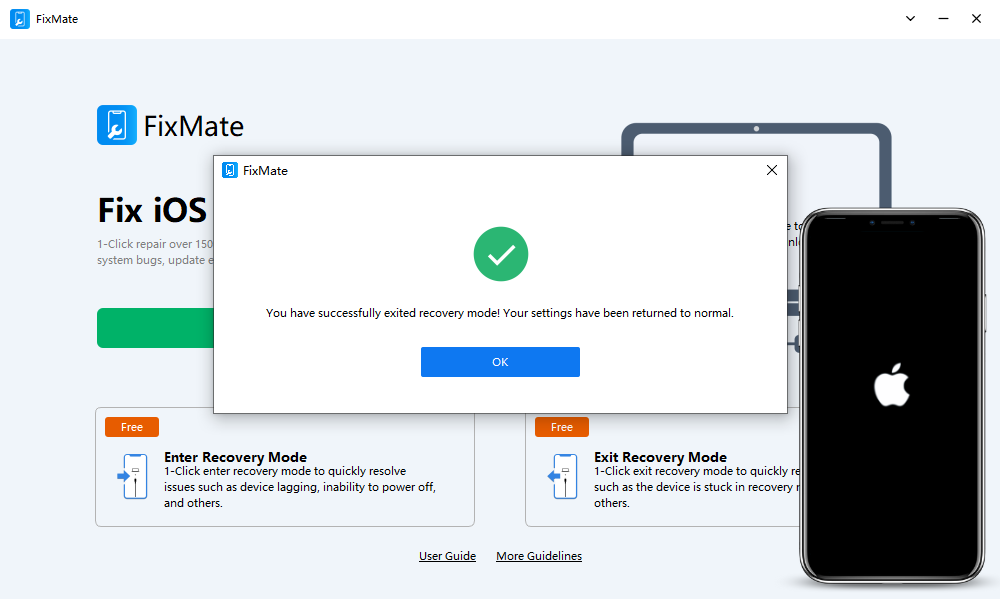
3. Conclusion
An iPhone that won’t go into recovery mode can be a frustrating experience, but there are various methods to resolve the issue. Start with the manual solutions, including checking hardware, following the correct procedure, updating software, and verifying USB connections. If those methods fail, AimerLab FixMate can be a powerful tool to fix recovery mode problems with just a few clicks. With FixMate, you can easily get your iPhone back into recovery mode in seconds, so suggest download and give it a try.
- iPhone Keeps Disconnecting from WiFi? Try These Solutions
- Methods for Tracking Location on a Verizon iPhone 15 Max
- Why Can’t I See My Child’s Location on iPhone?
- How to Fix iPhone 16/16 Pro Stuck on Hello Screen?
- How to Resolve Work Location Tag Not Working in iOS 18 Weather?
- Why My iPhone Is Stuck on the White Screen and How to Fix It?




